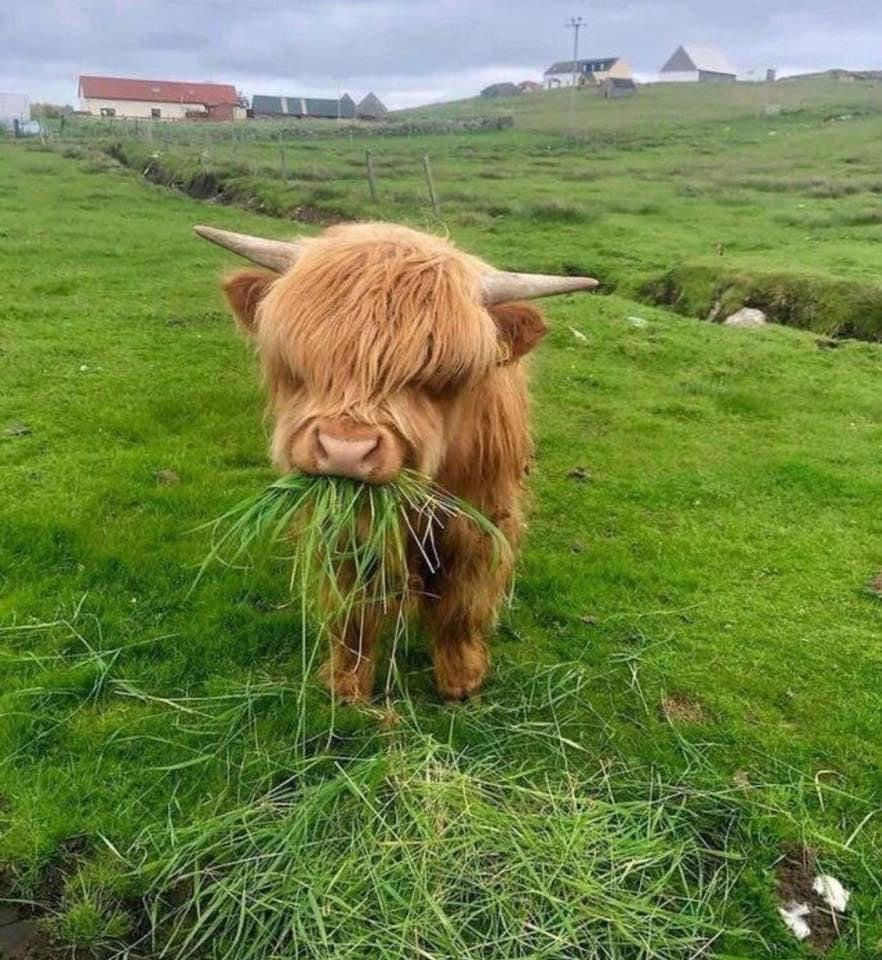The Process—Writing Is Just the Beginning
- sdmichalove
- Mar 7, 2022
- 3 min read

This statement showed up from virtual friend from Australia this morning. She reads the author and this notice is at the end of each book. She told me that the author makes good on the promise. There aren't any errors, at least not any she could find.
I wish I could make a similar guarantee. As a former editor and proofreader, I am not that sanguine. Not that I don't try. But I am also not courting hubris.
That said, I do have a process to try to ensure clean copy. My task is complicated because I like to create characters who use a variety of non-English words, or words that are used in Britain rather than the US.
Different authors approach their work in different ways. I've tried several different methods, and, fingers crossed, I think I've found one that works for me.
When I started my first novel, I was more clueless than you might expect from someone who has read almost daily for her whole life. By the age of four, I could read on my own, and I've never stopped. Naively, I assumed that all that reading would easily translate into creating a book of my own. Wrong. I stared with characters but I had no story. I'd never consciously thought about their motivations, wounds, how they related to others. In short, I didn't have a story.
And, I found, I didn't have a genre either. I'm eclectic, but most of my reading has been mystery and, more recently, romance. Having already failed in the past trying to write a mystery, I was unsure that I could do it this time. So I tried romantic comedy. That didn't work for me either. Then I took my first plotting class and found that I could put a romance and a suspense plot together. And, after four versions of the book, I made it work.
But what happens once you finish the draft? In some ways, that's where the real work starts. I wrote my first draft in six months. I had friends read it. I realized that I went from no plot to too much plot, so I pulled it apart and took stuff out and added other things in. Sent it out for more feedback. Had a developmental editor tell me about my strengths and weaknesses. Worked on it some more.
When I received some encouragement, I submitted it to a digital publisher. I got both a rejection and a suggestion to rework and resubmit. I stopped working—COVID and just feeling stalled.
Then I tried writing in first-person rather than third. The change meant a complete rewrite. More encouragement. Sent it back to the publisher and got the same response. Did some more work. Got more feedback from my developmental editor and made more changes.
Then I sent it for a contest and made the semifinals, which gave me a small spark of confidence. At that point, I worked with another romance writer who pointed out I had too much telling and not enough showing, and that I needed more emotion. Worked on that,
With a mixture of trepidation and a budding confidence, I made the investments. I'd been taking a lot of online classes. Now I subscribed for editing and formatting software. I bought a cover. Hired an editor and signed with a promo company. I did all the publishing stuff, including applying for copyright, so that the ebook and paperback could come out from Amazon.
After running it through the editing software, I sent it to beta readers, and then to the editor I had hired. Finally, on October 22, 2021, At First Sight saw the light of day.
Why am I telling you this now? I'm racing to do the same thing again. I have a long list of things to do, including sending the manuscript to beta readers in a couple of days. I've already had comments from early readers. I ran the whole thing through Pro Writing Aid earlier this week and right now I am working through Autocrit. My editor is booked for April 10 and the preorder is up on Amazon.
Wish me luck. I hope you love Max and Cress. It's been a wild ride, and I'm not done yet.
At First Sight is available now.
At the Crossroads, releasing May 25, 2022, is available for preorder.








Sharon, I appreciated reading about your long, complicated writing process. It gives me, an embryonic writer, hope! It's never too late.